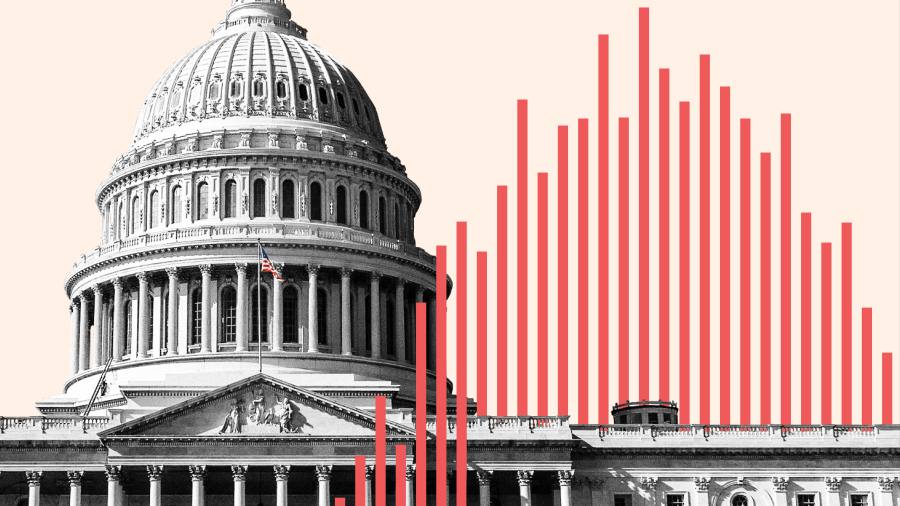
In the end, the predicted “red tsunami” of Republican midterm wins did not come to pass. It was a narrative of murky origin that became a go-to piece of punditry — and in its collapse, the value of data-led election prediction was brought into sharp relief.
In the run-up to elections, an entire industry is devoted to predicting the outcome, burning for a connection to the electorate’s thinking. Data journalists and pollsters enter polls into vast databases. They aggregate them, rate them, weight them and regress them. They post endlessly on Twitter — and then fight with each other over methodological details, also on Twitter.
Election prediction is the defining empirical journalism project of the modern era. And in some ways, it seems a fool’s errand. Eventually, the elections actually happen, and we learn the outcome. If you’re right, well, you ought to have been, and if you’re wrong you are pilloried. So what’s the point?
The critics of election prediction bemoan the opportunity cost of man-hours that could have been better spent investigating policy or people. They worry about a lack of humanity in the coverage. And they lament possible vote-suppressing effects; one may not be motivated to go to the polls if one’s candidate is up or down by a large enough amount in the forecasts. These are fair concerns.
But the prediction project is crucial, as is the age-old work of the pollsters whose data feeds the whole endeavour. (Gallup, for example, published its first opinion poll in 1935.) The ongoing practice of forecasting — most visibly at FiveThirtyEight (where I used to work, though not on election prediction) and other media organisations, but also in dorm rooms and on tiny blogs — is a net positive for democracy.
The biggest story before an election is who will win. The demand for this story will, inevitably, be met by media supply. That supply can be the stuff of synthetic narrative and the horse race, of false plot points and pet theories, ginned up by the demands of 24-hour TV news or by anecdata from the stump. But it can also be the result of thoughtful aggregation and analysis, of the careful application of accumulated empirical knowledge of statistics and polling.
“It’s useful to focus on winning because, after all, that’s politics, that’s how the power gets passed out,” Michael Lewis-Beck, a political scientist at the University of Iowa, tells me. “Bringing empirical evidence into the debate . . . does elevate the discourse.”
One net positive of this work is that predictions generate data of their own, an empirical record by which one can judge success, and future coverage can improve. Pollsters, too, leave an empirical trail of their measurements of public sentiment, to be compared with the outcomes of actual contexts and learnt from.
In contrast, the life blood of empty punditry is its impermanence. “If you look at the distinguished pundits, it’s a lot of conjecture,” Lewis-Beck says. “It could be well written, but it’s empirical-light, it’s pretty light beer.”
A further positive is that forecasts provide a vehicle to address the inherent uncertainty of the world. This vehicle is effectively expressed through data visualisation — a carefully weighted bell curve of many possible futures or (yes) a twitching needle.
And forecasts and polls are a thermometer with which to measure the effects of the world and the perceptions of the people — an aggregated look at what matters to the electorate, and when and why that changes.
But after the votes have been counted and the predictions judged, the forecasters’ work should not end. Their tools and methods can extend to people and policy too, and data is richest when paired with the voices of the people who generate it.
“A healthy democracy discusses the empirical signs of where the wind is blowing but recognises that wind shifts all the time,” wrote FiveThirtyEight’s Chadwick Matlin. “And when we do know where it’s blown, journalists have to get dirty and jump in the leaf piles left behind.”
John Burn-Murdoch is away